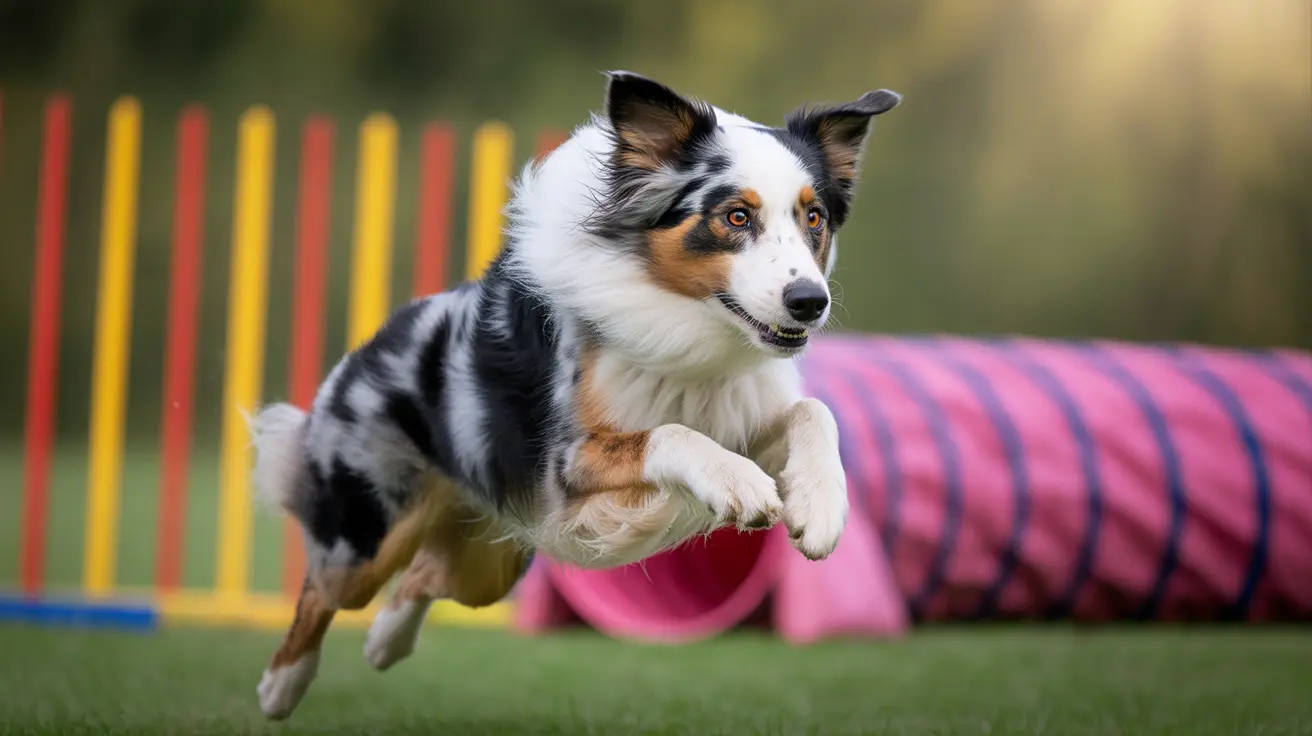Discovering the Calmest Terrier Breed: The Lakeland Terrier
Terriers are often known for their fearless nature, high energy, and assertive personalities. However, within this spirited group exists one breed that stands out for its balanced temperament when properly nurtured — the Lakeland Terrier. This breed, while still retaining the lively spirit typical of terriers, is known to be more amenable and even-tempered given the right environment and care.
Breed Origins and History
The Lakeland Terrier hails from the Lake District of northern England. Initially developed in the 1800s by farmers, it was bred to hunt foxes that threatened sheep flocks. Unlike other terriers that would flush out foxes, the Lakeland Terrier was expected to pursue and kill the fox underground. This working background endowed the breed with strong stamina and intelligent problem-solving skills. Over time, the breed was refined with influences from other terriers, including the Border Terrier, Bedlington Terrier, Welsh Terrier, and the extinct Old English Black and Tan Terrier.
Appearance and Coat
- Size: Stands 13.5 to 15 inches at the withers
- Weight: Typically 15 to 17 pounds
- Build: Sturdy, compact frame with a narrow chest
- Coat: Double layer with a harsh wiry outer coat and a soft undercoat
- Colors: Black and tan, blue and tan, red, wheaten, liver, blue, black, among others
The Lakeland Terrier’s coat requires regular grooming including brushing and professional hand-stripping two to three times a year. This maintenance helps retain the coat’s texture and manage minimal shedding.
Temperament and Behavior
Despite their small size, Lakelands are often described as "big dogs in small bodies". They exhibit confidence, boldness, and a friendly demeanor. Their temperament, with proper training, can make them one of the calmer terrier options, especially when compared to more excitable breeds like the Jack Russell Terrier.
- Friendly with families and loyal to their owners
- Alert nature makes them good watchdogs
- Independent but trainable with consistent methods
- Playful and engaging—ideal for interactive households
Lakelands do best with early socialization and boundaries. Their temperament can lean calmer when mental and physical exercise needs are consistently met.
Training and Socialization
While not naturally docile, the Lakeland Terrier’s intelligence and responsiveness to training can shape them into calmer companions. Methods that work best include:
- Positive reinforcement using rewards and praise
- Short, game-like sessions to maintain interest
- Early socialization with other dogs and different environments
- Crate training and behavior cues from a young age
Stubbornness can be a challenge, but with a sense of humor and consistency, they respond well to an experienced handler.
Activity Needs
Though energetic, Lakelands can exhibit calmness indoors if their daily activity quota is met. A minimum of 30–60 minutes of exercise is essential. Suitable activities include:
- Brisk walks or jogging
- Agility courses and earthdog trials
- Interactive play sessions
- Mental puzzles and training tasks
Without sufficient engagement, this breed may become vocal or develop nuisance behaviors like digging or barking.
Suitability for Living Environments
The Lakeland Terrier adapts well to both urban and rural settings, provided that their physical and mental needs are fulfilled. They are also known for being vocal alert dogs, which makes them suitable watchdogs but necessitates bark training in close-quarter living like apartments or townhouses.
Health and Longevity
Lakelands are typically long-lived and healthy, with a lifespan ranging from 12 to 16 years. Routine care is critical to maintaining their well-being. Common health issues include:
- Patellar luxation
- Primary Lens Luxation and Cataracts
- Von Willebrand’s disease
- Canine cramping syndrome (CCS)
- Hypothyroidism
- Skin and dental problems
Regular vet visits, dental hygiene, and screening for genetics-related conditions are essential for a healthy, happy dog.
Feeding Recommendations
- Offer balanced, high-quality dog food suitable for small breeds
- Monitor portion size to prevent obesity
- Feed puppies multiple times a day to maintain blood sugar levels
- Limit treats to under 10% of daily calories
Clean, fresh water should be accessible at all times.
Is the Lakeland Terrier Right for You?
The Lakeland Terrier is best suited for responsible owners who appreciate terrier energy but seek a more even-tempered and manageable breed. They require:
- Daily physical and mental exercise
- Dedicated time for grooming and training
- An active home environment that offers attention and stimulation
- Fencing for safe outdoor use, especially to prevent digging
With the right training, socialization, and lifestyle, the Lakeland Terrier can be a wonderful, engaging, and relatively calm terrier companion.





